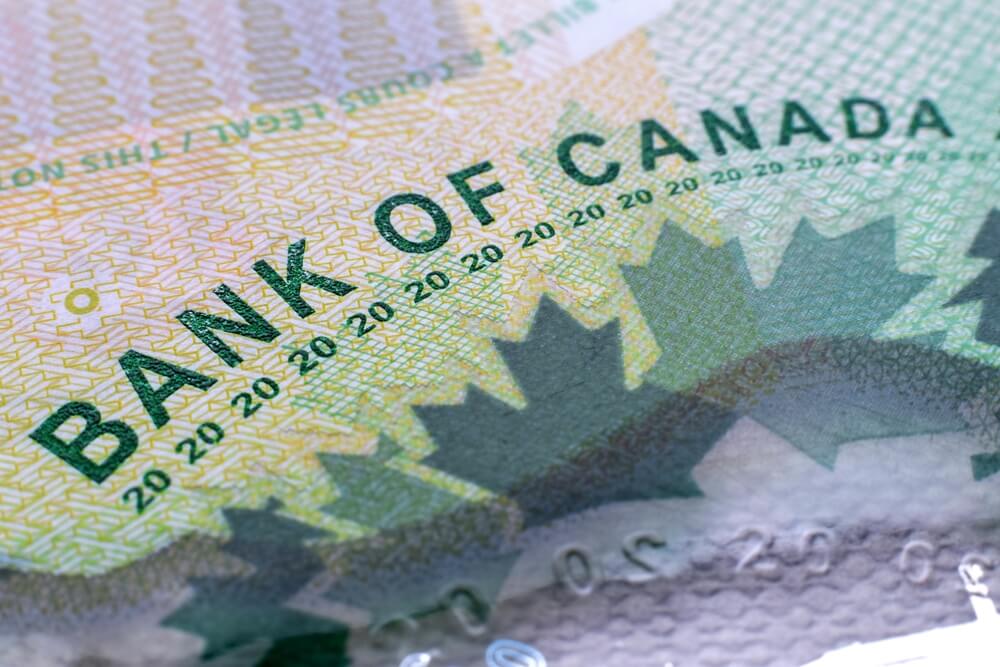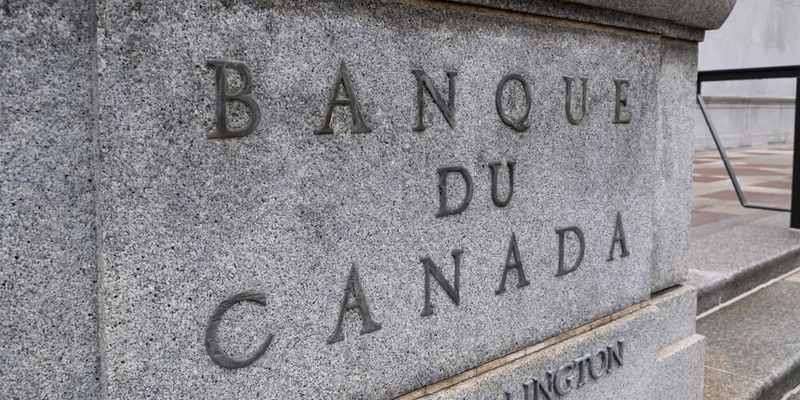
If you are not redirected within 30 seconds, please click here to continue.
Samedi: 10h – 16h HAE

If you are not redirected within 30 seconds, please click here to continue.
If you are not redirected within 30 seconds, please click here to continue.
TFSAs Cut Back to $5,500 in 2016

The axe has been swung on Tax Free Savings Accounts - the Liberal government is reverting the annual contribution limit to $5,500 in 2016 from the $10,000 limit implemented this year under former Conservative Finance Minister Joe Oliver.
Bill Morneau, Oliver's successor, announced the change Monday following the recent throne speech. While the rollback isn't a surprise -- Prime Minister Justin Trudeau has pledged to revert the limit since it was introduced -- it's not popular. A poll taken by Angus Reid during election time found 67% of Canadians didn't want any changes made to the higher TFSA limit. And, now that the dust has settled, how will Canadian savers fare?
Why the rollback?
The limit for TFSAs was upped to $10,000 in the Conservative's May federal budget as one of several pre-election goodies that included the now-defunct Universal Child Care Benefit and income splitting. Trudeau immediately criticized the increase, stating it was a measure that would only benefit the rich. The Liberals' official reason for the reduction is that it's necessary to implement promised tax cuts to the middle class; the middle income-tax bracket rate will drop from 22% to 20.5%. As a result, those between $44,700 and $89,401 will save as much as $670 per year on their income taxes under their so-called middle cut tax plan, while those making $200,000 will now be taxed in the 33% income bracket.
What does this mean for your existing TFSA?
If you've been maxing out your TFSA contribution room (as 6.7% of account holders are, according to Morneau), there's no need to panic: the limit will remain $10,000 for 2015 and will count toward your total lifetime contribution room. Like RRSPs, unused annual contribution room for TFSAs rolls over into the following years. If you are just starting out with your TFSA today, you have $41,000 of contribution room to max out on this year, dating back to when the account was launched in 2009.
| Year | Amount You Can Invest |
|---|---|
| 2009 | $5,000 |
| 2010 | $5,000 |
| 2011 | $5,000 |
| 2012 | $5,000 |
| 2013 | $5,500 |
| 2014 | $5,500 |
| 2015 | $10,000 |
| 2016 | $5,500 |
Who will this change impact?
The TFSA was originally introduced in 2009 as tax-incentivized way to encourage Canadian saving. They're a flexible way to set cash aside and grow investments, as any earnings remain tax-free.
There is no cap on how much your investments can earn within the account and, unlike RRSPs, there are no strings as to when you can access your cash, and there are no tax penalties for withdrawing it from the account. TFSAs have since been championed as an alternative to the traditional RRSP savings plan for those without time on their side, like seniors who started saving later in life and newcomers to Canada.
A $10,000 limit gave these groups an effective way to ramp up their savings quickly, benefit from tax-free growth, and draw down with no restrictions. According to the CRA, nearly 50% of TFSAs are held by those 55 and up.
Will it ever increase again?
Prior to the Conservative's $10,000 increase, TFSA contribution limits were indexed to inflation, meaning the limit could be increased in $500 increments should inflation wipe out $250 in value from the savings. This occurred in 2013, pushing the limit to $5,500 from the original $5,000. The Liberals have re-instated the account's indexation, meaning another increase could be on the table.
Get money-saving tips in your inbox.
Stay on top of personal finance tips from our money experts!










